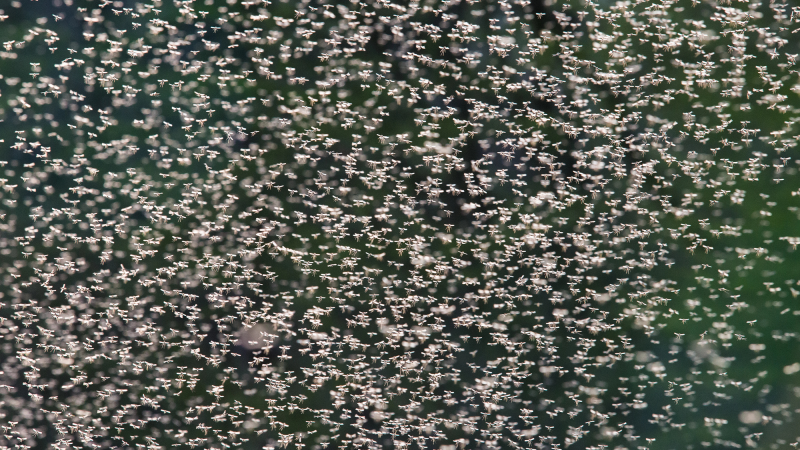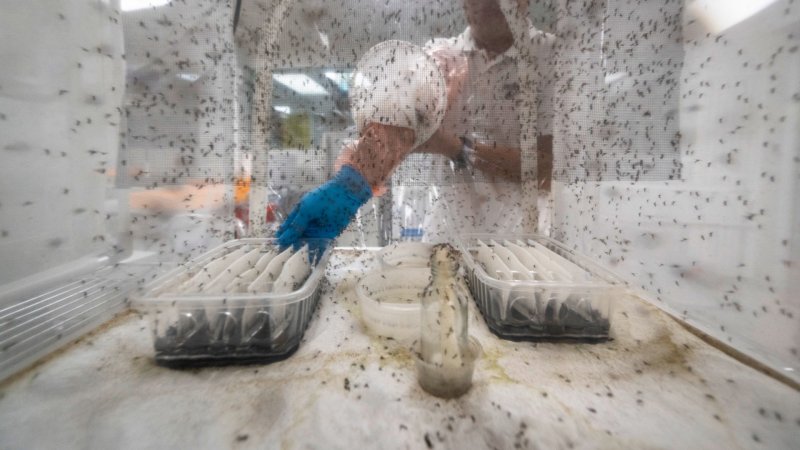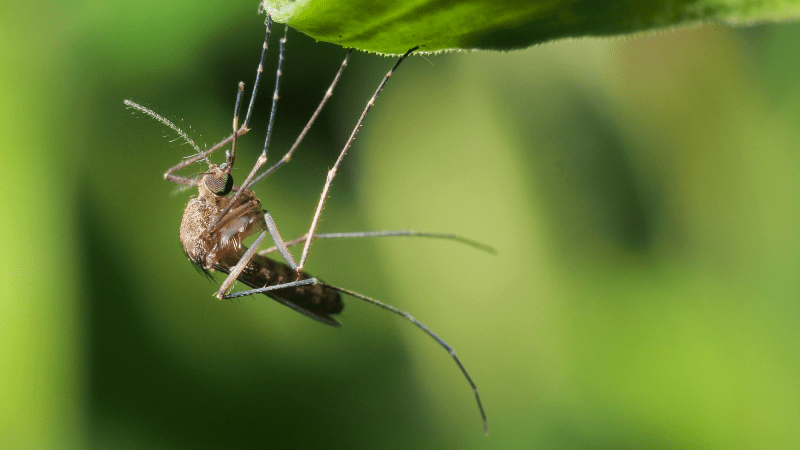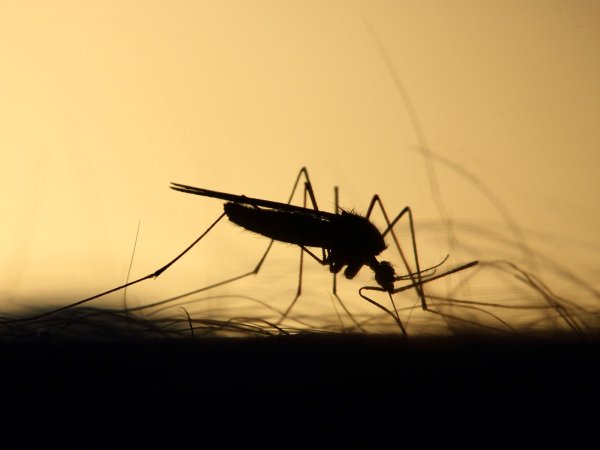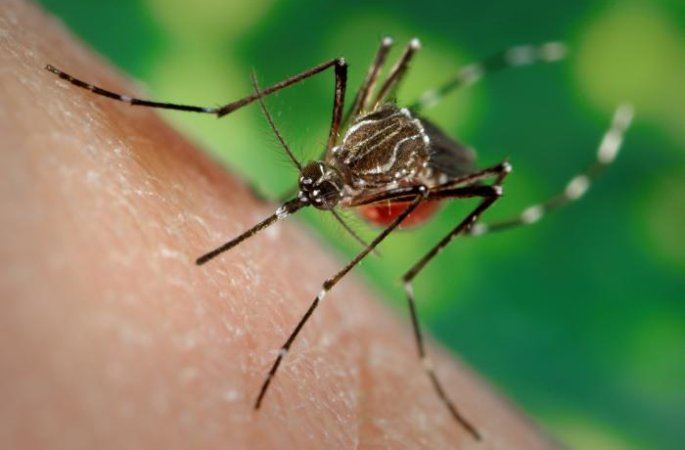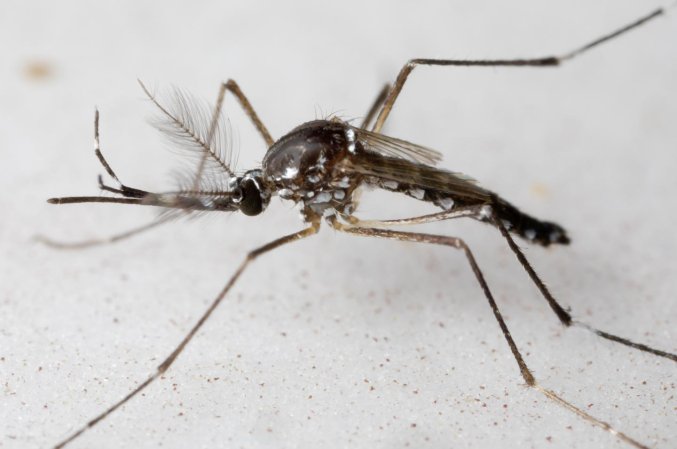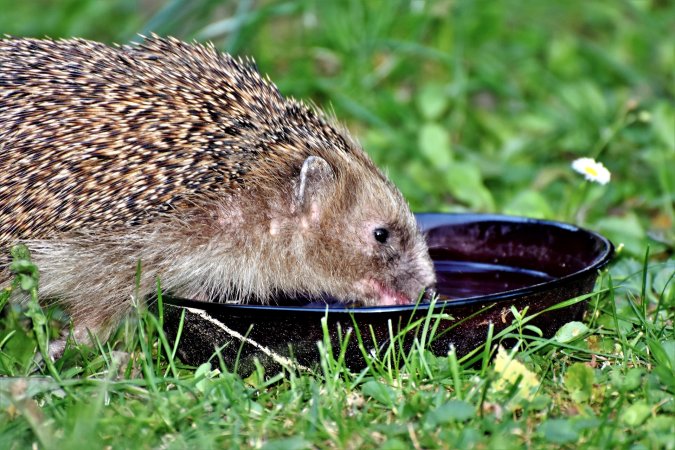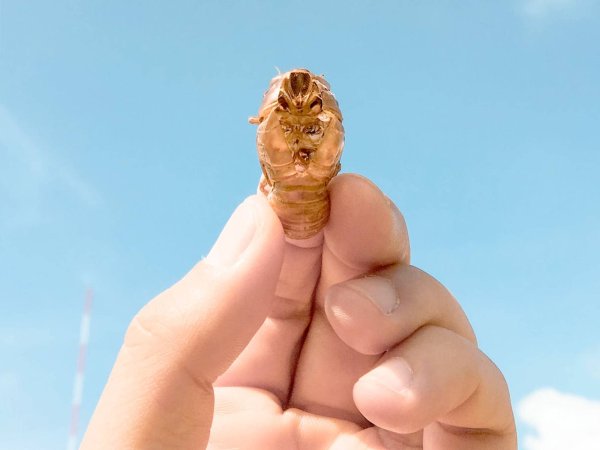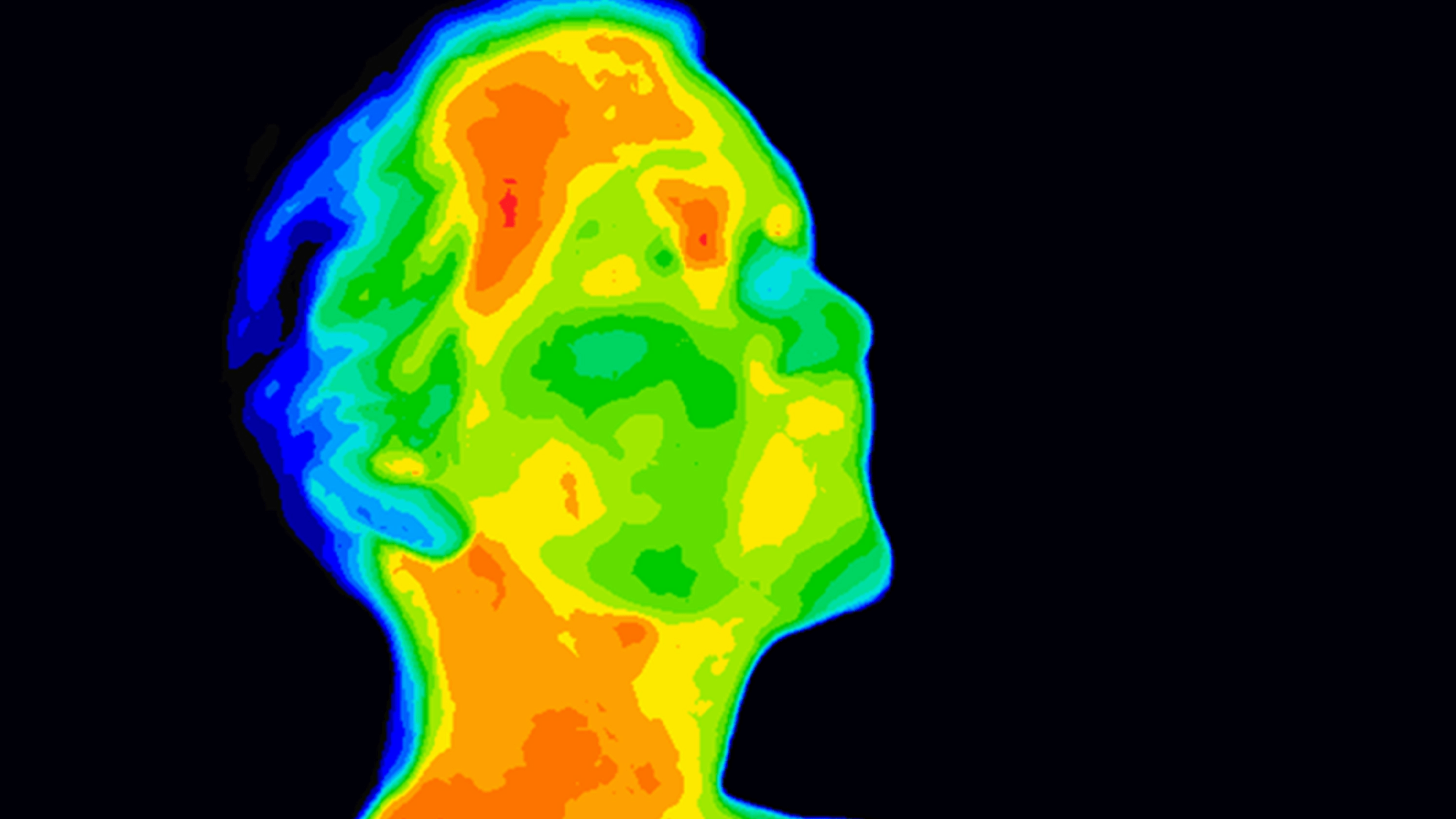

Mosquitoes are among the deadliest animals in the world because of their incredible ability to spread disease by finding blood to suck. A team of scientists found that mosquitoes may be able to sense our heat signatures using infrared detection. The infrared radiation from a source that is about the same temperature of human skin can double the number of hosts mosquitoes can seek out. In their experiments, the mosquitoes overwhelmingly navigated toward the source with body heat, as opposed to the one that just had body odor and carbon dioxide (CO2). We already knew that they can sniff out the carbon dioxide that we exhale, but this may be yet another tool that helps them track human prey. The discovery is described in a study published August 21 in the journal Nature.
“The mosquito we study, Aedes aegypti, is exceptionally skilled at finding human hosts,” study coauthor and University of California, Santa Barbara (UCSB) molecular biologist Nicolas DeBeaubien said in a statement. “This work sheds new light on how they achieve this.”
[Related: West Nile Virus cases are on the rise again: How to protect yourself.]
Sensing blood
The mosquito species Aedes aegypti is known for spreading the viruses that cause over 100,000 cases of Zika, yellow fever, dengue fever, and more per year. Anopheles gambiae spreads the parasite that causes malaria. According to estimates from The World Health Organization, malaria alone causes over 400,000 deaths annually.
While male mosquitoes are harmless, the females need blood for egg development. Over the last 100 years, scientists have devoted time and effort to determine how mosquitoes find their hosts. There appears to be no single cue that the insects rely on. They actually integrate environmental information collected from several senses across various distances.
“These include CO2 from our exhaled breath, odors, vision, [convection] heat from our skin, and humidity from our bodies,” study co-author and UCSB postdoctoral student Avinash Chandel said in a statement. “However, each of these cues have limitations.”
Mosquitoes have poor vision. Also, rapid movement from a human host or even a strong wind can throw off their tracking. The team on this study wondered if they could actually establish a more reliable directional cue.
Adding some heat
Within about four inches, mosquitoes can detect heat rising up from our skin, while also directly sensing our skin temperature when they land. These two senses correspond to two of the three kinds of heat transfer. One is convection, where heat is whisked away by a medium like air. The other is conduction, or heat via direct touch.
Energy from heat can also travel longer distances when it is converted into electromagnetic waves. The heat is generally converted into waves that are on the infrared (IR) range of the light spectrum. These IR waves can then heat whatever it lands on. Other animals including pit vipers can sense thermal IR from warm prey.
[Related: How can we control mosquitos? Deactivate their sperm.]
To test if Aedes aegypti had this same sense of IR detection, the team put female mosquitoes in a cage and measured their host-seeking activity in two zones. Each zone had human odors and CO2 at the same concentration that humans exhale. One of the zones also had IR from a source at skin temperature. A barrier separated the source from the chamber to prevent heat exchange through conduction and convection. The team then counted how many mosquitoes began probing around the cages as if they were searching for a vein.
Adding thermal IR from a source that is about the same temperature of skin–93 degrees Fahrenheit–doubled the insects’ host-seeking activity. The team discovered that using IR remains effective up to about 2.5 feet
“What struck me most about this work was just how strong of a cue IR ended up being,” DeBeaubien said. “Once we got all the parameters just right, the results were undeniably clear.”
TRPA1 effectively extends the range of the mosquito’s IR sensor to around 2.5 ft.”
In addition to determining that they can sense this heat, the team also found out what body part and biochemicals the mosquitoes are using to do this. The tip of each mosquito antenna has peg-in-pit structures that are well adapted to sensing radiation. The pit works by shielding the peg from conductive and convective heat, so the highly directional IR radiation can enter and warm up the structure. The mosquito then uses a temperature-sensitive protein–TRPA1–that works as a temperature sensor to detect infrared radiation.
A growing issue
Climate change and worldwide travel have extended Aedes aegypti’s range beyond tropical and subtropical countries, which makes preventing their bites more important. These mosquitoes are now present in places in the United States where they have never been found. The highest concentrations are in Florida, Texas, Arizona, and parts of California, but they have also been along the Gulf Coasts of Louisiana and Texas, Washington DC, New York, Indiana, and Kentucky.
[Related: Scotland suddenly has a lot of mosquitoes.]
This study could help improve methods for suppressing mosquito populations. One way could be incorporating thermal sources that are close to the temperature of human skin into mosquito traps to make them more effective. The findings also help explain why loose-fitting clothing helps prevent bites. It blocks the mosquito from reaching the skin, while allowing the IR to dissipate between our skin and the clothing so the mosquitoes cannot sense it.
“Despite their diminutive size, mosquitoes are responsible for more human deaths than any other animal,” DeBeaubien said. “Our research enhances the understanding of how mosquitoes target humans and offers new possibilities for controlling the transmission of mosquito-borne diseases.”

